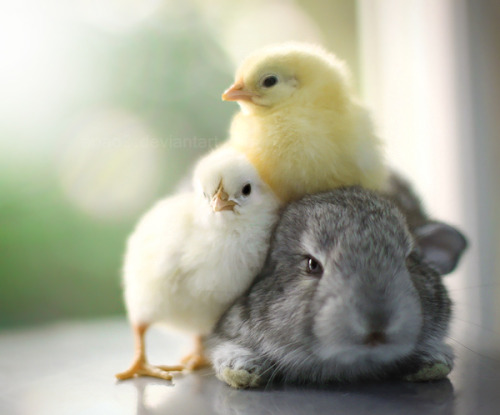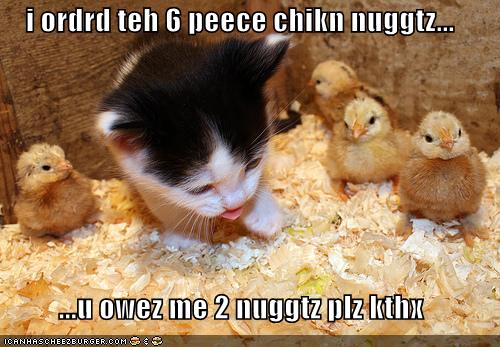https://www.facebook.com/TheCluck
When to Clip
If you decide it has to be done, then it’s important to wait until the bird can fly pretty well (I know, that’s why you want to clip in the first place). Brief flights develop young bird’s muscles, coordination, and balance; so it’s best to wait until a bird can fly short distances. If you want to maintain the clipped wings, then it needs to be done annually, after the bird molts and the new feathers have grown back.
What to Clip
Some guides recommend clipping only one wing thereby leaving the bird unbalanced and unable to fly straight. This seems harsh to me, and I clip both wings so the chicken can’t fly but is still balanced. What you really do when “clipping the wings” is trim about a third off the tips of the primary flight feathers. To help identify the primary flight feathers, I should have taken pictures before and after trimming our rooster, but I didn’t think that far. So here is a picture of a hen with her primary flight feathers intact:

The long flight feathers on the trailing edge of the wing are what’s trimmed. You remove more length from the longer feathers at the tip of the wing and less where the wing attaches to the body, but you do trim the entire edge of feathers. Cut these to just under the next layer of feathers on the wing. This prevents the cut edges of the flight feathers from irritating the bird’s skin. The trimming can be done in stages or one cut.
How to Clip
To clip the feathers, you need a sturdy pair of scissors or sheers with rounded tips (you don’t want to accidentally puncture something). Also, I wouldn’t do this without help. You need one person to hold the chicken, while the other person extends the bird’s wing and trims. Just extend the wing out fully from the bird, and trim that first row of feathers. It’s better to take too little than too much, and you should never be cutting a feather shaft that has blood in it (it will appear pinkish).
Here’s a picture of a hen with her primary flight feathers trimmed:

That’s it for clipping a chicken’s wings, your chicken is now grounded!
http://www.betterhensandgardens.com/2010/03/24/clipping-chicken-wings-flight-feathers/
















.JPG)
.JPG)
.JPG)
.JPG)
.JPG)
.JPG)
.JPG)
.JPG)
.JPG)
.JPG)




